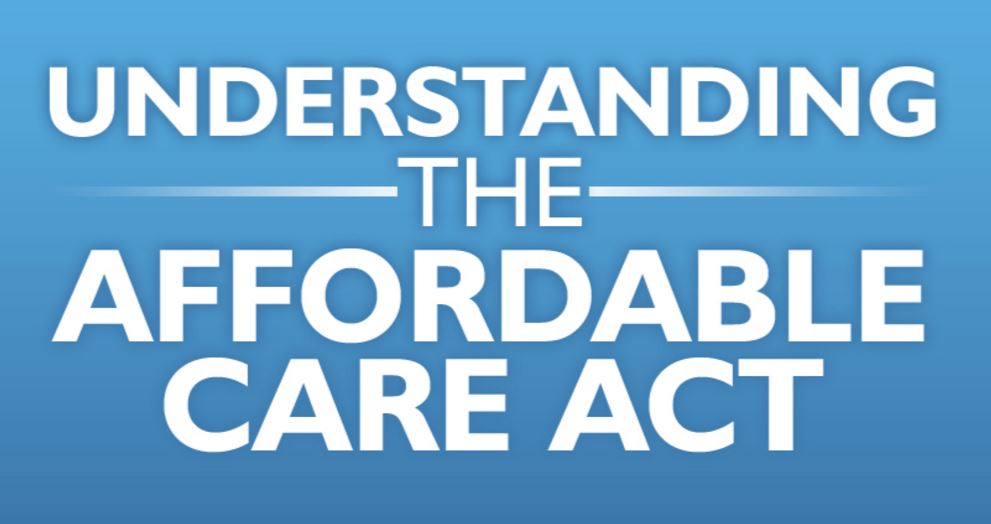The Affordable Care Act provides Americans with better health security by putting in place comprehensive health insurance reforms that will:
- Expand coverage,
- Hold insurance companies accountable,
- Lower health care costs,
- Guarantee more choice, and
- Enhance the quality of care for all Americans.
The Affordable Care Act actually refers to two separate pieces of legislation — the Patient Protection and Affordable Care Act (P.L. 111-148) and the Health Care and Education Reconciliation Act of 2010 (P.L. 111-152) — that, together expand Medicaid coverage to millions of low-income Americans and makes numerous improvements to both Medicaid and the Children’s Health Insurance Program (CHIP).
This section focuses on the major provisions of the Affordable Care Act related to Medicaid and CHIP. If you are interested in the law as a whole, you can:
Since the new law was enacted in March 2010, CMS has worked together with state partners to identify key implementation priorities and provide the guidance needed to prepare for the significant changes to Medicaid and CHIP took effect on January 1, 2014. In particular, CMS has provided several forms of guidance and federal support for state efforts to develop new or upgrade existing eligibility systems.
In March 2012, CMS released two final rules defining the eligibility and enrollment policies needed to achieve a seamless system of coverage for individuals who became eligible for Medicaid in 2014, as well as eligibility and enrollment for the new Affordable Insurance Exchanges. The final rules establish the framework for States’ implementation of the eligibility expansion going forward. A specific description of all of the major Medicaid and CHIP-related provisions of the Affordable Care Act as well as related policy guidance can be found below:
| Affordable Care Act Provisions | Description |
|---|---|
| Eligibility | Fills in current gaps in coverage for the poorest Americans by creating a minimum Medicaid income eligibility level across the country. |
| Financing | Beginning in 2014 coverage for the newly eligible adults will be fully funded by the federal government for three years. It will phase down to 90% by 2020. |
| Information Technology Systems and Data | Policy and financing structure designed to provide states with tools needed to achieve the immediate and substantial investment in information technology systems that is needed in order to ensure that Medicaid systems will be in place in time for the January 1, 2014 launch date or the new Affordable Insurance Exchanges as well as the expansion of Medicaid eligibility. |
| Coordination with Affordable Insurance Exchanges | This system enables individuals and families to apply for coverage using a single application and have their eligibility determined for all insurance affordability programs through one simple process. |
| Benefits | People newly eligible for Medicaid will receive a benchmark benefit or benchmark equivalent package that includes the minimum essential benefits provided in the Affordable Insurance Exchanges. |
| Community-Based Long-Term Services and Supports | Includes a number of program and funding improvements to help ensure that people can receive long-term care services and supports in their home or the community. |
| Quality of Care and Delivery Systems | Improvements will be made in the quality or care and the manner in which that care is delivered while at the same time reducing costs. |
| Prevention | Promotes prevention, wellness and public health and supports health promotion efforts at the local, state and federal levels. |
| Children’s Health Insurance Program (CHIP) | Extends funding for the Children’s Health Insurance Program (CHIP) through FY 2015 and continues the authority for the program through 2019. |
| Dual Eligibles | A new office will be created within the Centers for Medicare & Medicaid Services to coordinate care for individuals who are eligible for both Medicaid and Medicare (“dual eligibles” or Medicare-Medicaid enrollees) |
| Provider Payments | States will receive 100 percent federal matching funds for the increase in payments. |
| Program Transparency | Promotes transparency about Medicaid policies and programs including establishing meaningful opportunities for public involvement in the development of state and federal Medicaid waivers. |
| Program Integrity | Includes numerous provisions designed to increase program integrity in Medicaid, including terminating providers from Medicaid that have been terminated in other programs, suspending Medicaid payments based on pending investigations or credible allegations of fraud, and preventing inappropriate payment or claims under Medicaid. |

